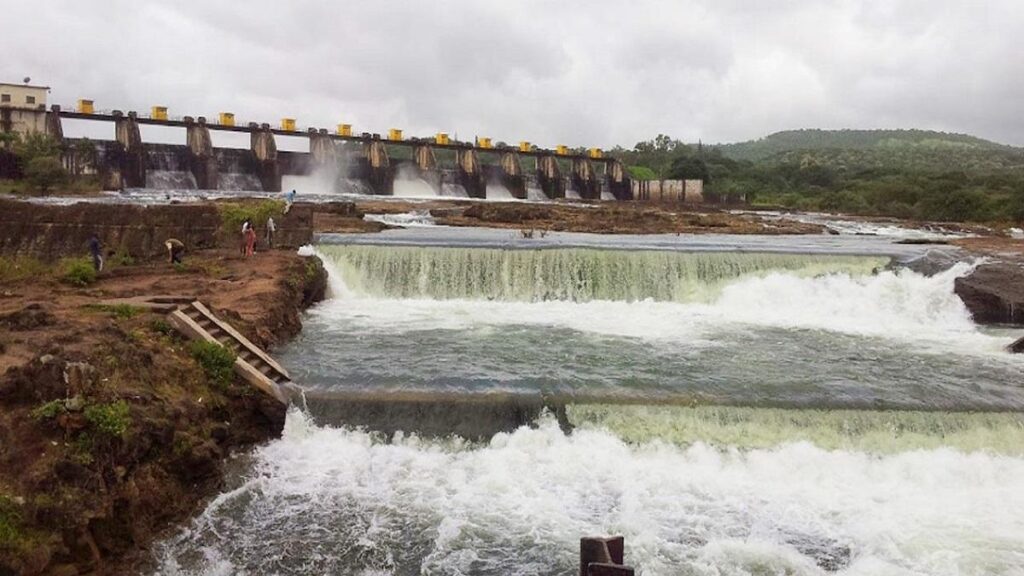Pune: Khadakwasla dam released record volume of water this monsoon, still continuing

The Khadakwasla dam in Pune has discharged over 29.5 TMC (thousand million cubic feet) of water into the Mutha river till September 7, 2024. This volume exceeds the total combined capacity of the four dams in the Khadakwasla circle—Khadakwasla, Panshet, Varasgaon, and Temghar—which store 29.15 TMC to meet Pune city and rural water needs for the entire year.
The water discharge started only in late July, due to the low rainfall in the catchment areas of these dams during June and the first half of July. In stark contrast, last year, Khadakwasla had only released 1.1 TMC of water for the entire monsoon season. This year, the release has been significantly higher due to improved rainfall.
A Rainfall Turnaround
Times of India quoted an official from the irrigation department and reported that the situation was critical at the onset of the monsoon this year. The water stock was 2 TMC less compared to the same time last year. By mid-July, rainfall was still inadequate, raising concerns about water availability. However, continuous rainfall in the latter half of July and August helped restore normalcy. The abundant rain not only filled the dams to 100% of their capacities but also resulted in the release of 28 TMC of excess water.
Panshet and Varasgaon dams discharged water at rates exceeding 10,000 cusecs in July and August, while Khadakwasla increased its release rate to 35,000 cusecs. This high discharge was primarily driven by the heavy, uninterrupted rains that hit the region during these months.
Water Release Continues
As of Saturday, the Khadakwasla dam was still releasing water, although the outflow had been reduced to 4,500 cusecs by evening. Irrigation department officials confirmed that the live storage across the four dams in the Khadakwasla circle was at 99%, necessitating continuous water release to accommodate more rain inflows.
Officials noted that all the dams are being closely monitored, with the possibility of further discharge, as the India Meteorological Department (IMD) has forecast additional rain for September.
Dam Rainfall Data
According to irrigation department data:
- Temghar has received over 3,900mm of rainfall since June 1, making it the highest among the four dams and also among the 26 major dams in the Bhima basin.
- Panshet and Varasgaon have each recorded over 2,600mm of rain, about 600mm more than last year.
The heavy rainfall in these catchments has significantly contributed to the higher water release this year.
Impact on Ujani Dam
The excess water discharged into the Mutha river eventually flows into the Bhima river and then into the Ujani dam. On Saturday, Ujani dam maintained its discharge rate at 40,000 cusecs, as its live storage had already reached capacity. Across the Bhima basin, 20 reservoirs, including Khadakwasla and Ujani, discharged water on Saturday due to heavy rainfall and storages nearing their capacities.
Key Discharge Data:
- Khadakwasla Dam: 29.5 TMC discharged till September 7.
- Last Year: 1.1 TMC discharged in the entire season.
- Rainfall Recorded:
- Temghar: Over 3,900mm
- Panshet & Varasgaon: Over 2,600mm each
- Khadakwasla: Over 900mm
The situation is being closely watched, with further releases likely if the rains continue as forecast.




